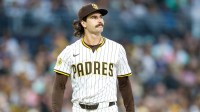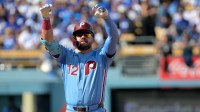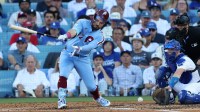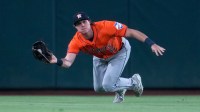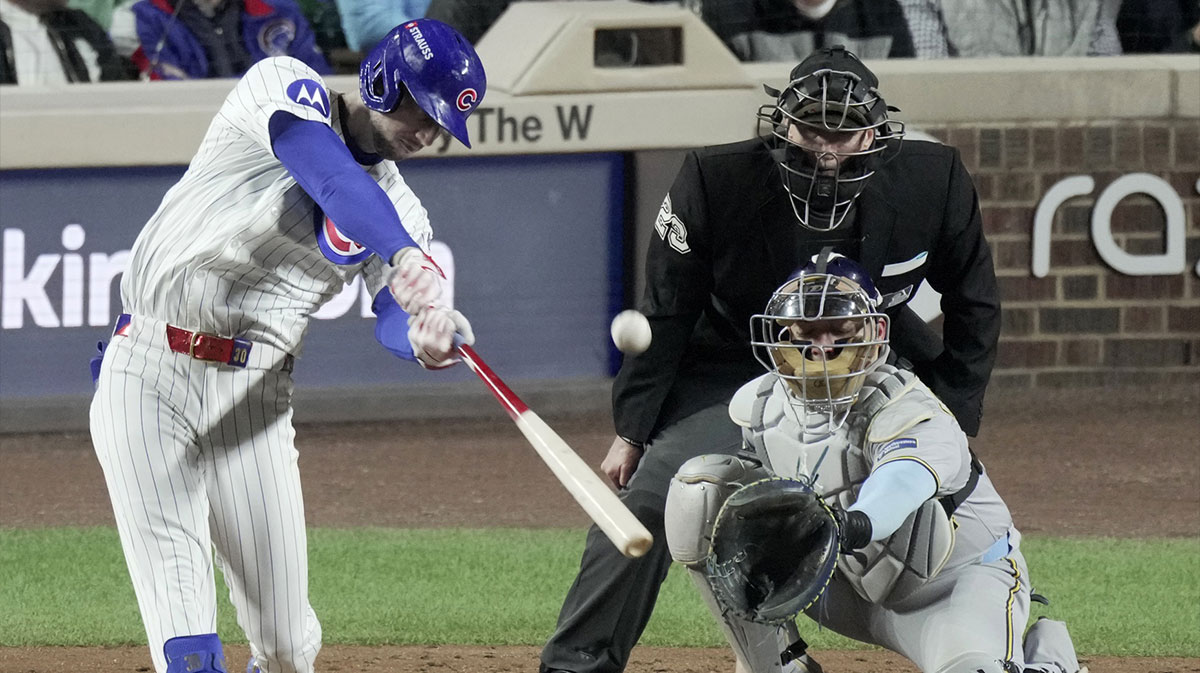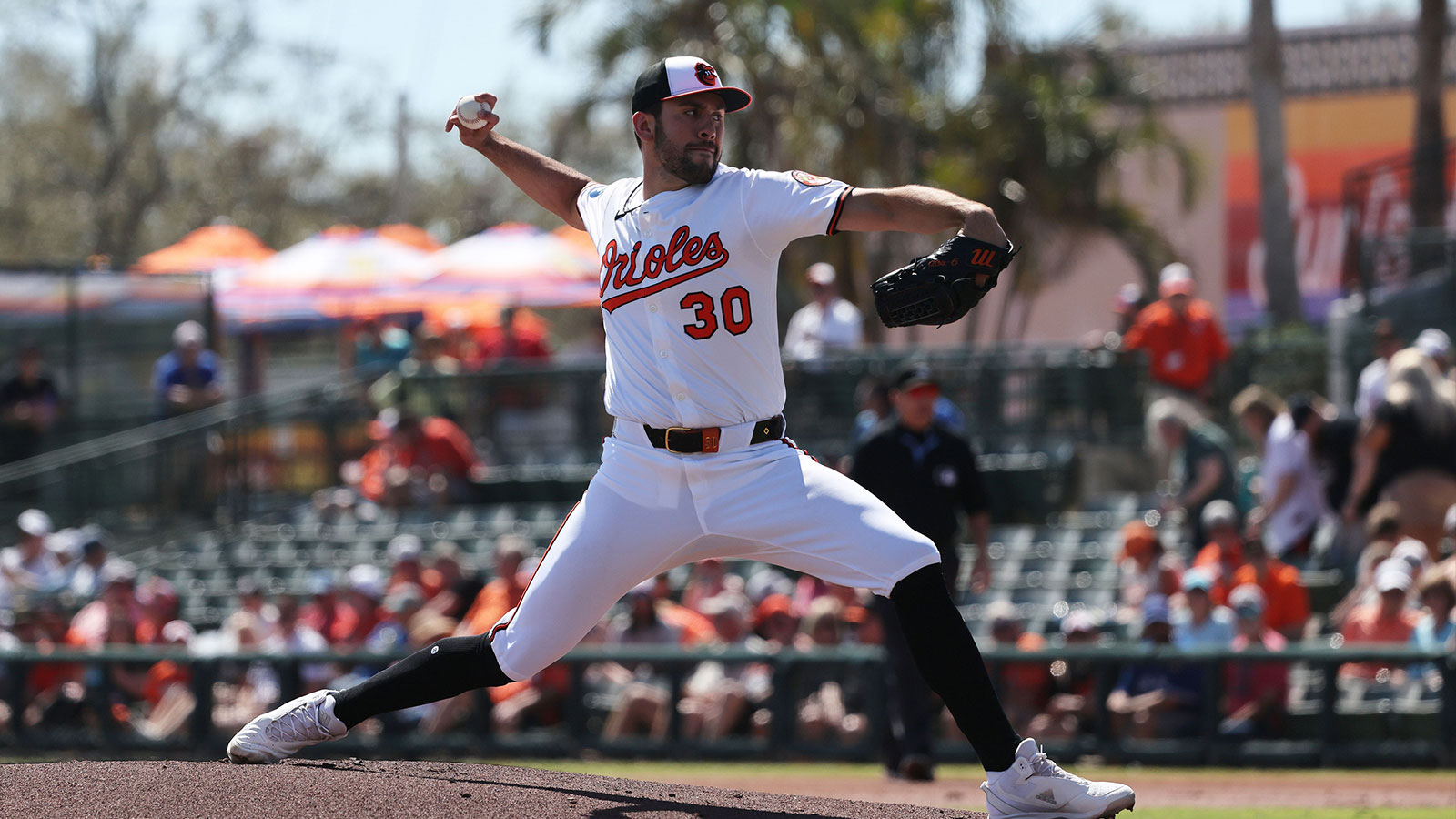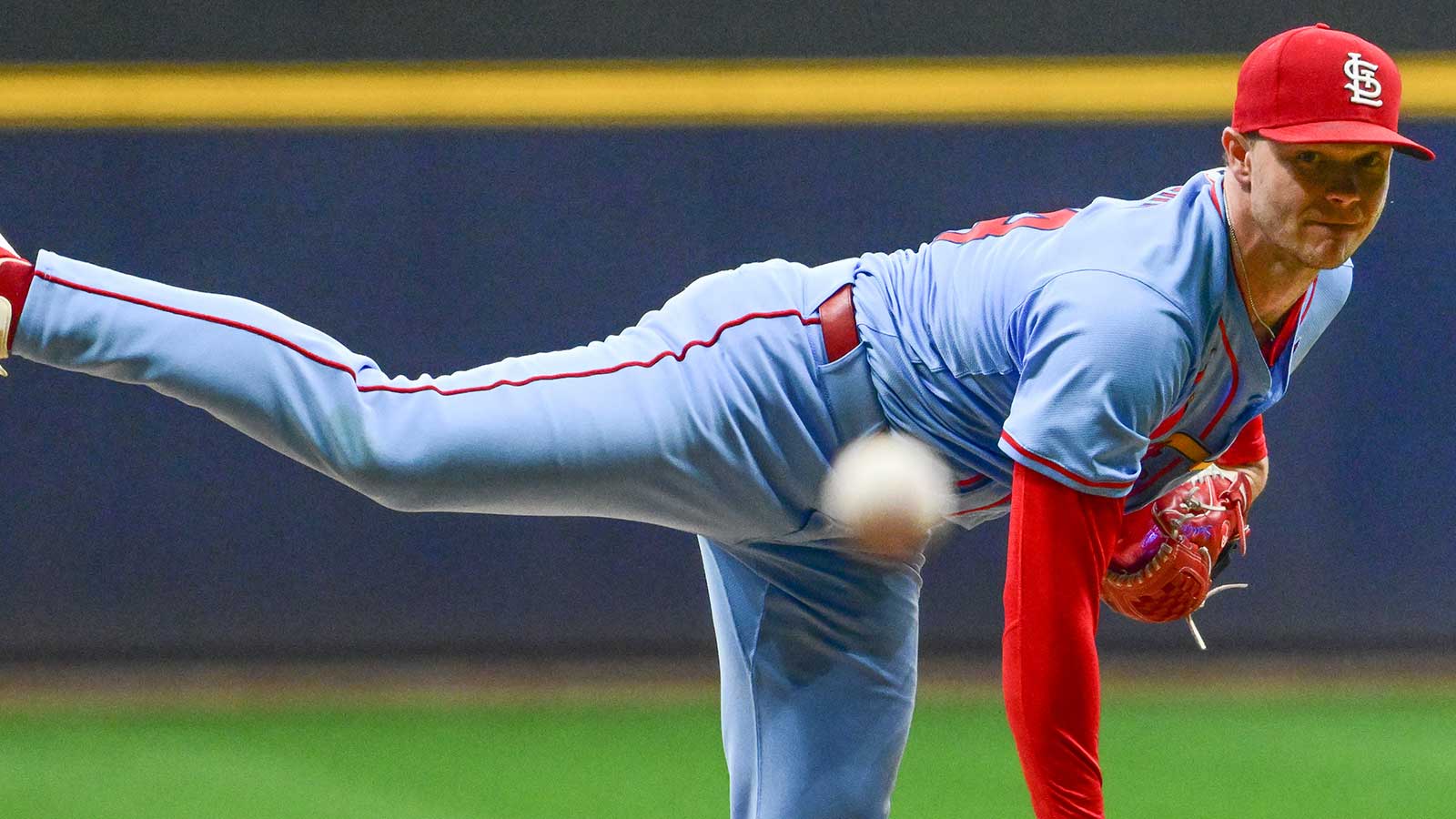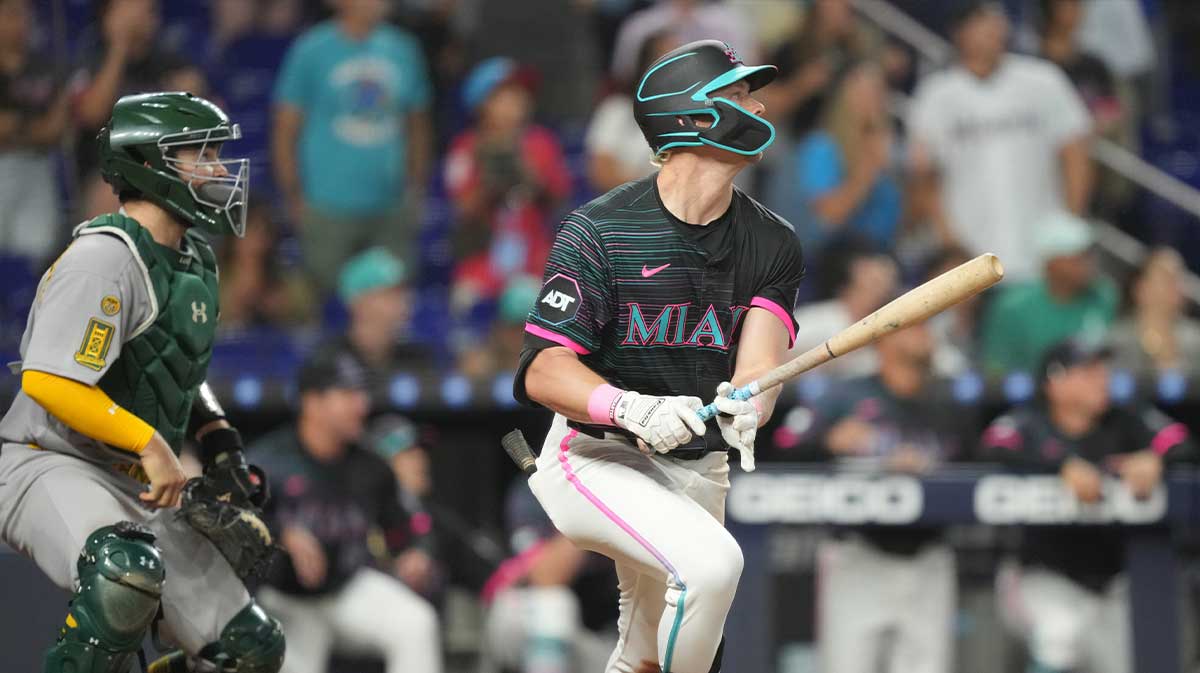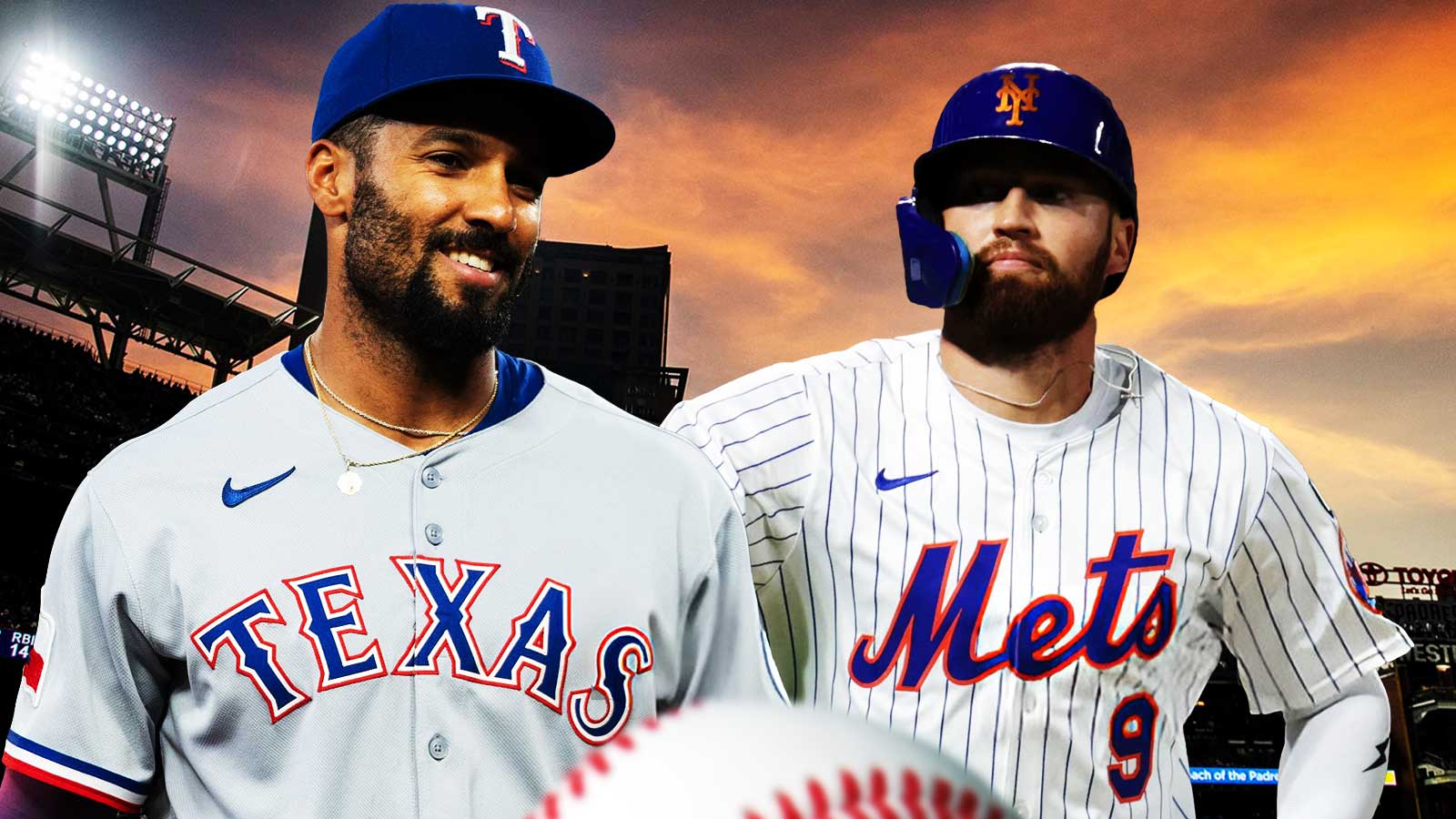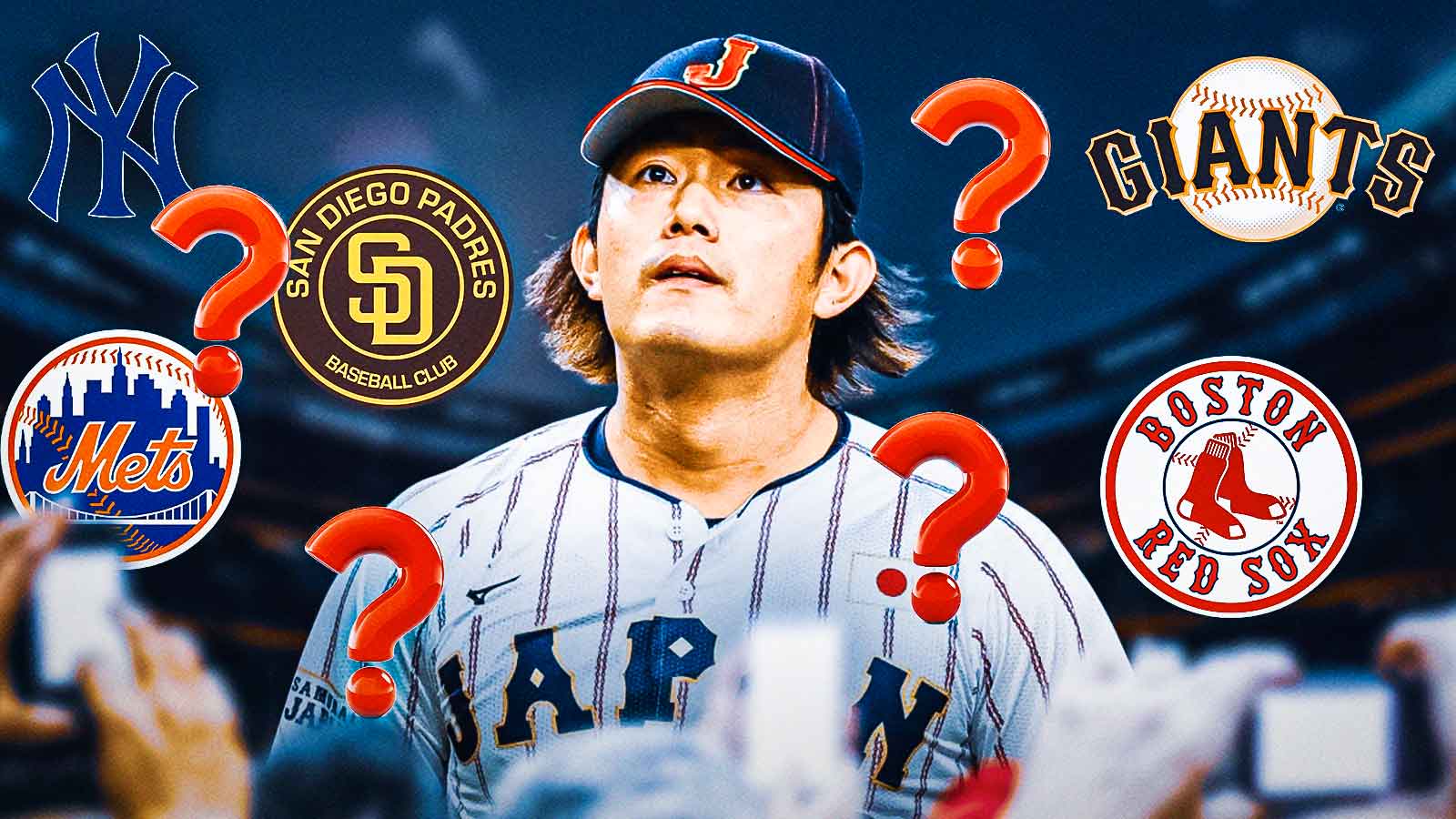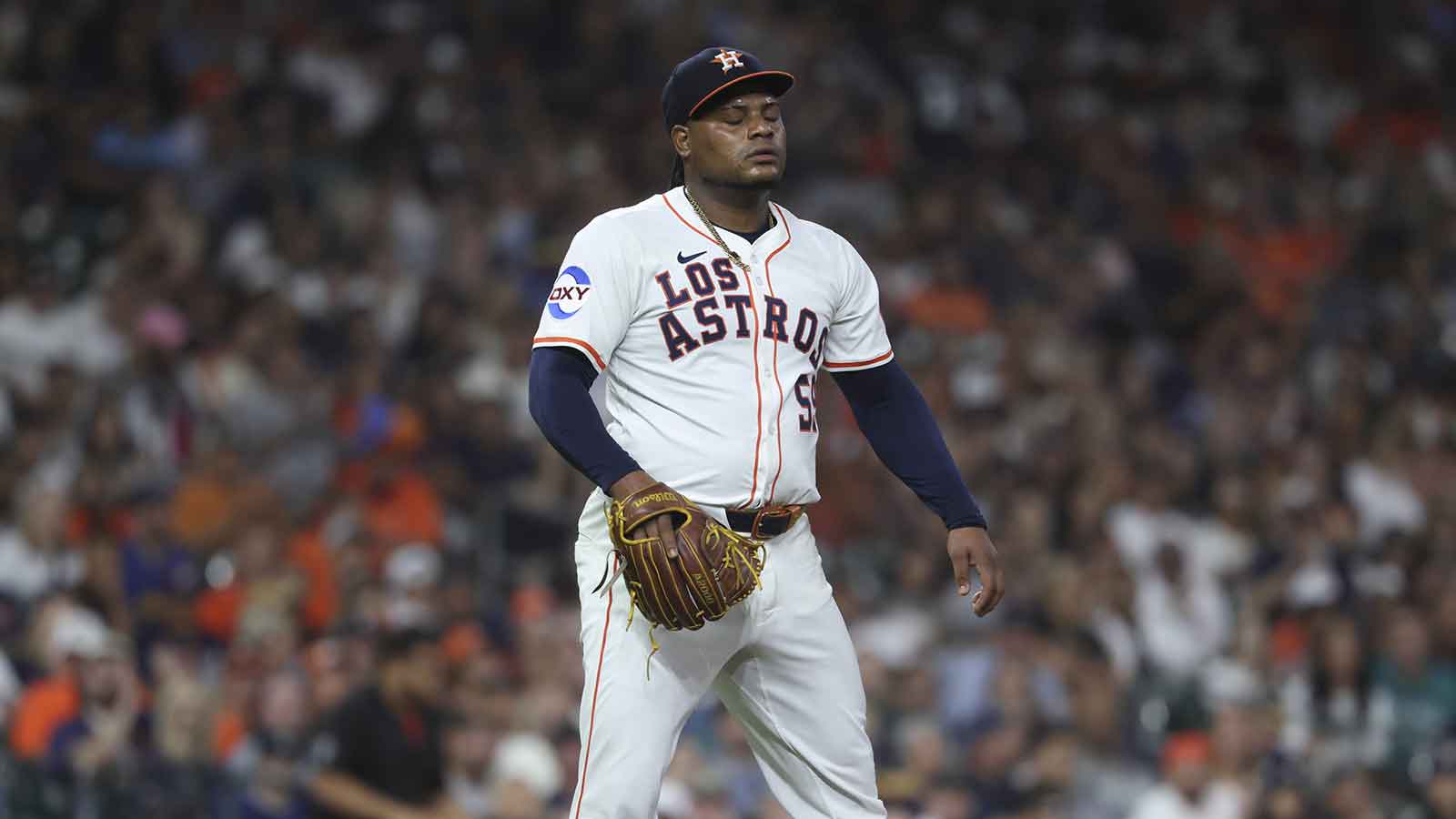In an age when the All-Star contests of the NFL and NBA are increasingly shifting toward pickup games in a neighborhood park, the MLB All-Star Game is one of the few matchups that still maintains some semblance of competitiveness.
Yet even with this level of competition, the MLB All-Star game has its fair share of odd happenings in its nearly century-long history. Here are the most memorable ones:
3 strangest MLB All-Star Game moments of all time
1) The year without a winner (2002)
The 2002 All-Star Game at Miller Park in Milwaukee is most well-known for Torii Hunter making one of the best catches in ASG history to rob Barry Bonds of a home run, but the contest was more unique for the manner in which it ended. After nine innings, the game was deadlocked at seven runs a piece, forcing extra innings for the tenth time in All-Star Game history.
Following another inning of scoreless baseball, a conundrum arose: both teams were down to their last remaining pitcher. After the National League held the American League scoreless in the top of the 11th, MLB Commissioner Bud Selig met with AL manager Joe Torre and NL manager Bob Brenly to discuss a solution. Selig ruled that if the NL did not score in the bottom of the 11th, the game would end in a tie.
The NL got a runner as far as second base with one out after Florida Marlins third-baseman Mike Lowell singled and advanced on a wild pitch. But Seattle Mariners right-hander Freddy Garcia struck out the final two batters of the game — thus cementing the only tie in MLB All-Star Game history.
As a result of the game, MLB began awarding home-field advantage in the World Series to the winning league in the All-Star Game. This practice was in effect from 2003-2016.
2) Larry Walker switch-hits vs the Big Unit (1997)
Left-hander Randy Johnson of the Seattle Mariners was one of the most dominant pitchers in MLB when he took the mound as the starter for the American League in the 1997 MLB All-Star Game. With an intimidating upper-90s fastball and a nasty slider, Johnson would strike out 291 batters that year, finishing with a 2.28 ERA and a 20-4 record.
The sixth batter he faced in the ASG was former minor league teammate Larry Walker, who played alongside Johnson in the Montreal Expos organization. Earlier in the season, the Colorado Rockies outfielder notably sat out when Johnson was the opposing pitcher. Walker explained his fear, saying, “I faced Randy one time in spring training and he almost killed me.”
Philadelphia Phillies first baseman John Kruk experienced a similar heart-stopping moment facing the Big Unit in the All-Star Game four years earlier, when Johnson's first pitch got away and sailed a few feet over Kruk's head. The wild release set the tone for the rest of the at-bat, as Johnson easily struck out Kruk with the next three pitches (with Kruk jumping away from the plate on every one).
So when the lefty Walker had to bat against the wicked left arm of Johnson, he pulled a fast one — putting his batting helmet on backward and moving to the other side of the plate. Walker, with a smirk on his face, took a first-pitch ball before returning to his natural lefty stance, eventually drawing a walk from the slightly fazed Johnson.
3) Pete Rose goes for the win (1970)
Pete Rose was known for his intensity and high-effort plays throughout his historic career, and perhaps one of his most controversial on-field moments came in the 1970 All-Star Game. A tight contest featured back-and-forth scoring in the late innings, and after a scoreless ninth, the game headed into the tenth tied at four runs apiece. The game stayed scoreless for two more innings as the NL looked to win in the bottom of the twelfth.
After California Angels lefty Clyde Wright induced two easy groundouts to start the bottom of the frame, back-to-back singles by Rose and Los Angeles Dodgers infielder Billy Grabarkewitz put runners on first and second. Chicago Cubs outfielder Jim Hickman laced a single to center, and Pete Rose rounded third and had only one thought — winning the game.
Ray Fosse, catcher for the Cleveland Indians was the only man standing in Rose's way. Before Fosse — standing on the third-base line — Pete Rose barrelled him over at full speed. Rose touched home and the National League won, both Fosse was on the ground, overcome by the pain of his fractured and separated left shoulder. Amazingly, Fosse played the rest of the season, but he never returned to his All-Star level and became debilitated by the injury as he aged.
The contest earned a Nielsen rating of 28.5, the highest ever by an MLB All-Star Game, in no small part because of Pete Rose's questionable move in a glorified exhibition game.



